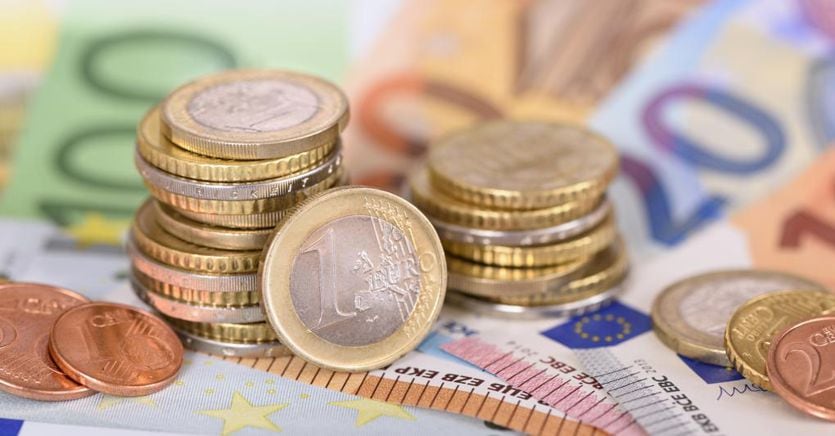Families living in the North East regions, Sicily and Sardinia are those who have lost the most purchasing power due to the surge in inflation. The reason for this gap compared to other territories lies in the incidence of some categories of expenditure in the increase in consumer prices and in the basket of household spending: food, transport (and therefore gasoline) and costs for housing (bills included. ), in fact, negatively affect the areas in which they “weigh” the most.
The analysis, anticipated to Sole 24 Ore on Monday, is contained in the report «The economy of the Italian regions» that the Bank of Italy presented on 3 November. The annual report is produced to investigate in depth the economic dynamics for the four macro-areas of the country: North West, North East, Center and South. The period in question runs from January 2021 to September 2022, but the picture is of particular importance in light of the surge in inflation: in October, Istat recorded an increase of + 11.9% on an annual basis.
Energy has an impact on the Islands
Going back one month, and therefore in September 2022, the 12-month change in the national consumer price index for the community (Nic) recorded a peak in the Islands where it reached 10.2%, compared to 8. , 9% of the national increase again on an annual basis. The difference is explained by analyzing the contribution of the expenditure divisions that include energy and food goods to the rise in prices and the most common type of consumption locally. In Sicily and Sardinia food products, transport and costs (including energy) for household management have a greater impact on the increase in prices and absorb an important share (about 67%) of household spending which, according to Istat, in 2021 stood at € 2,011.52 per month against € 2,437.36 of the national average. These are hardly compressible consumptions which usually have a higher incidence in the basket of households with lower spending levels, relatively more widespread in the South.
Restaurants affect the North East
The other area concerned is the North East: also in these territories the variation in the general price index in September 2022 (+ 9.4%) exceeds the national average (+ 8.9%). In this specific case, the difference is linked both to the weight of the energy-based expenditure components (and therefore gasoline for cars, electricity and gas for the home), but also reflects the contribution of accommodation and catering: in north-eastern Italy, in fact, they have a greater weight in the consumer basket of households. Although to a lesser extent in this geographical area – where in 2021 a family spent, according to Istat, an average of 2,637 euros per month, therefore above the national average – consumption also weighs in the categories of furniture, home services and ” other services”.
The weight on the manufacture
The increase in prices – and in particular that of energy costs – does not only create territorial gaps in terms of household purchasing power. But also on that of companies: according to the elaborations of the Bank of Italy on Istat data, in fact, the increase in costs for companies operating in the manufacturing sector (with the exception of oil refining) was more pronounced in the North West where chemical and metallurgical productions are concentrated.
